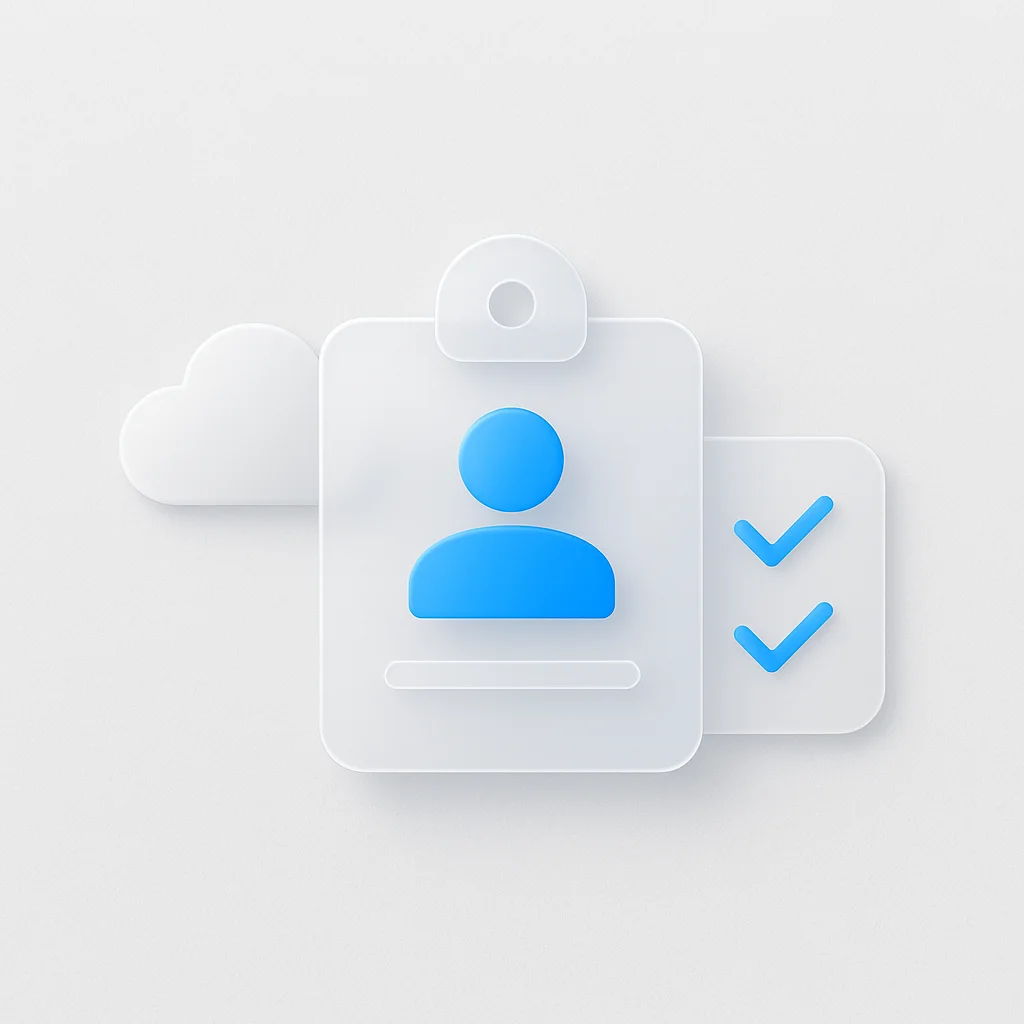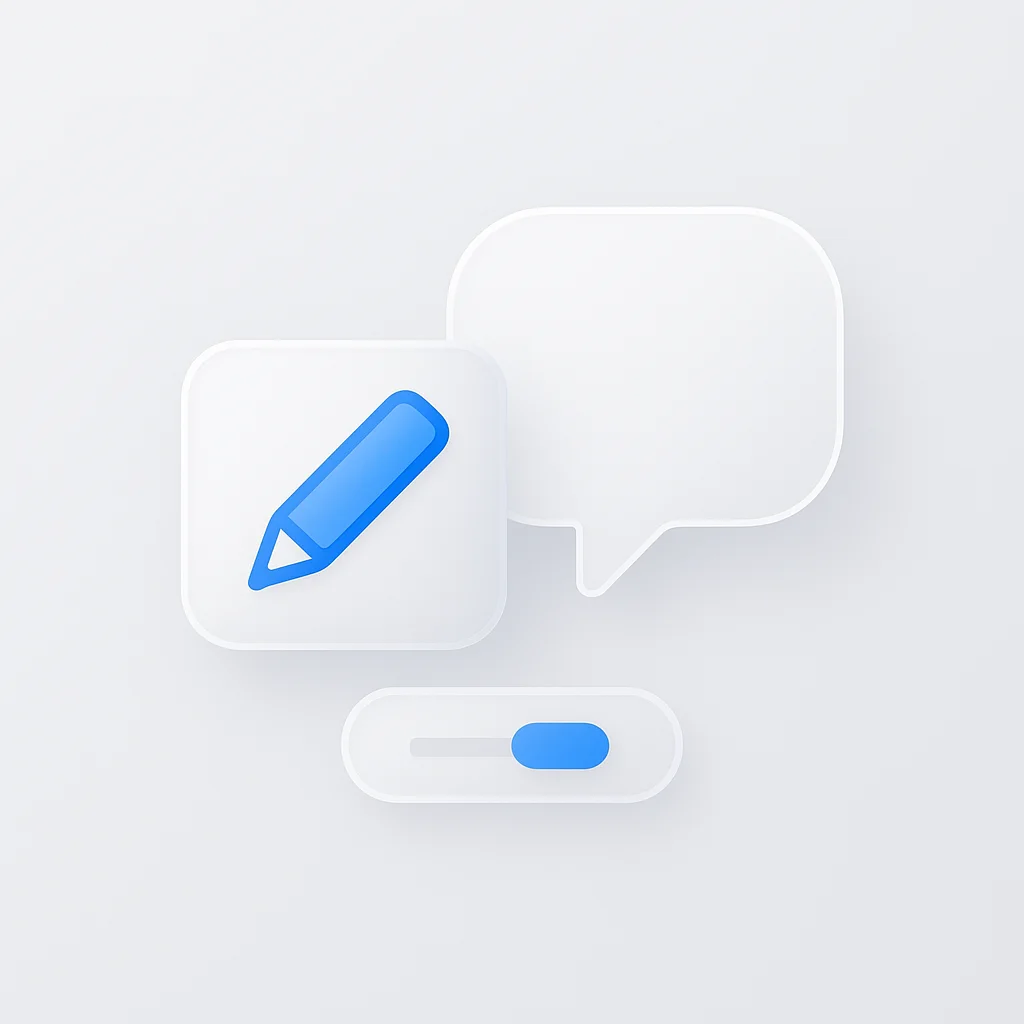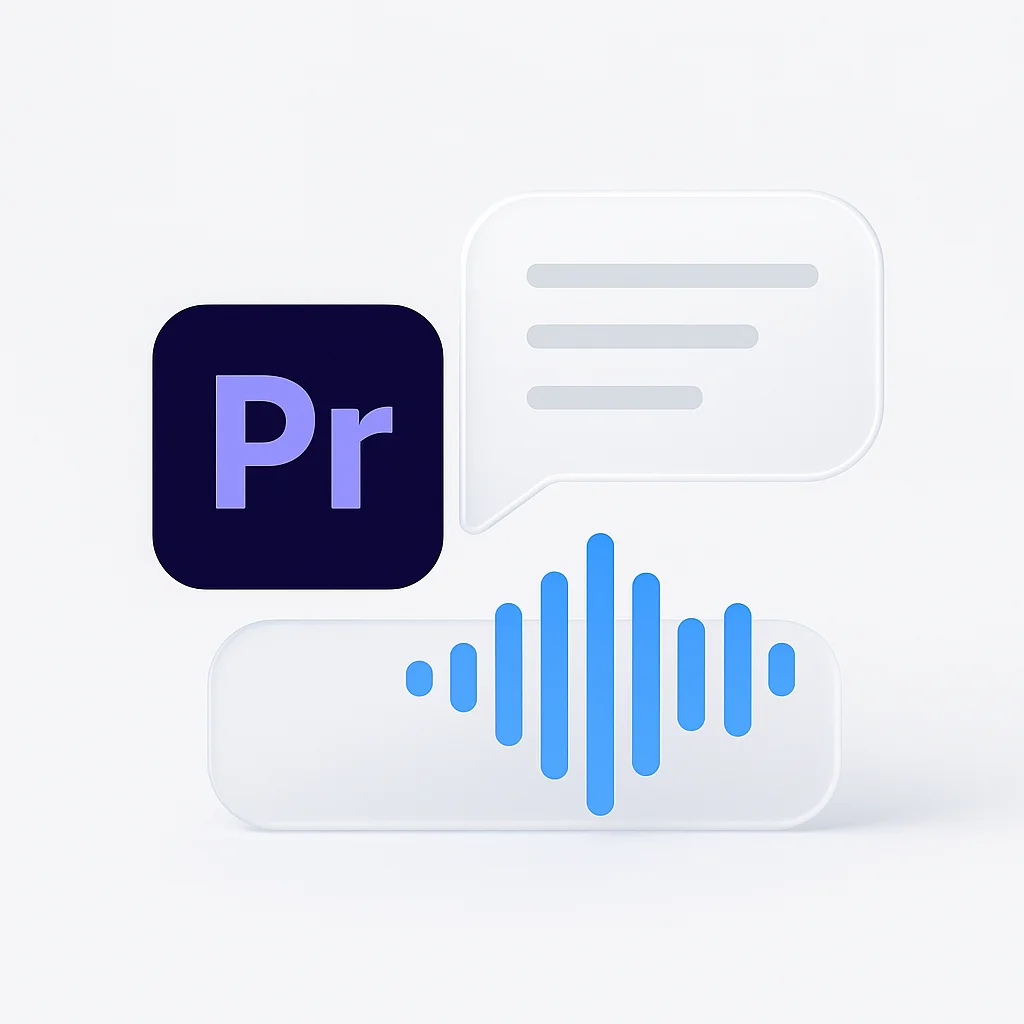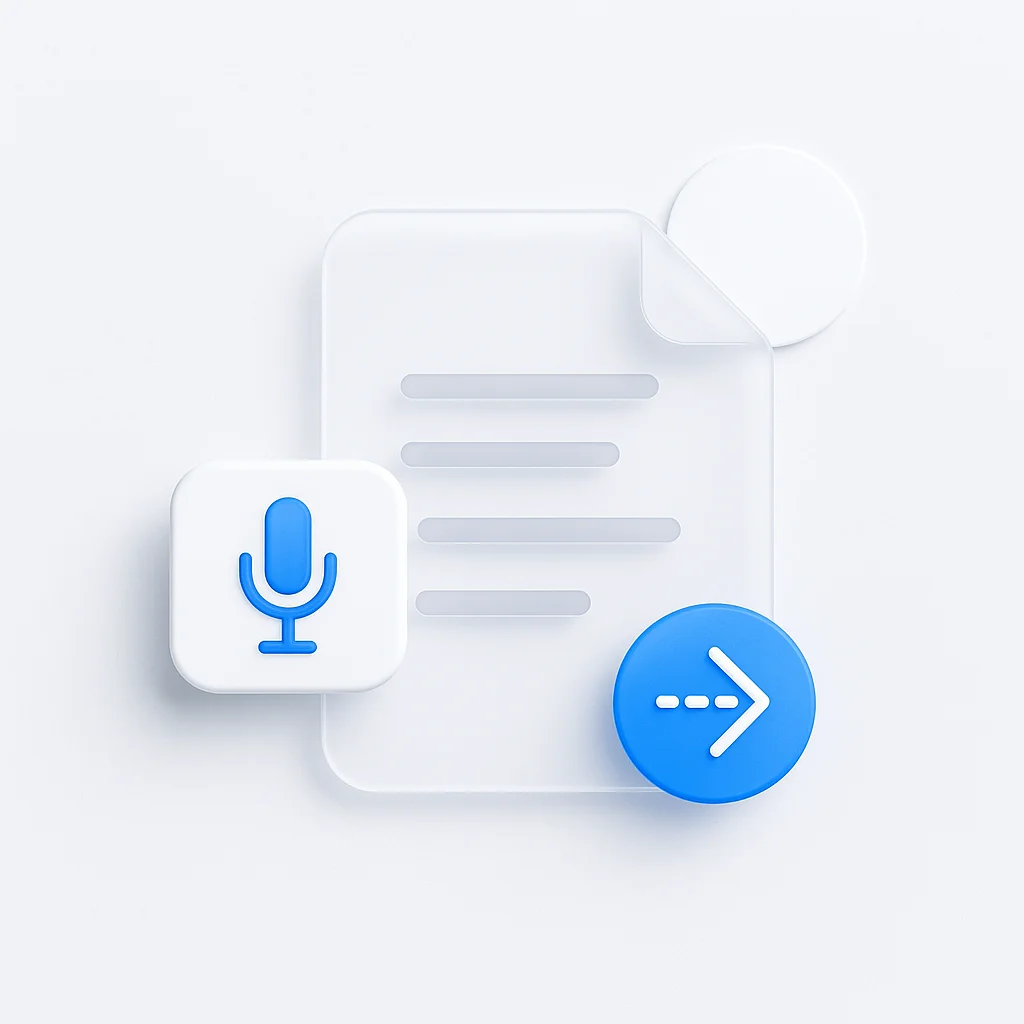A solid onboarding process can make or break your new hire’s success. Research shows that employees who experience structured onboarding are 69% more likely to stay with a company for three years, yet many organizations still treat it as an afterthought.
This guide covers everything you need to build an onboarding program that transforms new hires into productive, engaged team members. From pre-boarding preparation to the first 90 days, you’ll learn proven strategies that top companies use to reduce turnover and accelerate time-to-productivity.
What Is Employee Onboarding? Beyond the First Day
Employee onboarding is the comprehensive process of integrating new hires into your organization’s culture, systems, and workflows. Unlike orientation, which typically covers just the basics in a single session, onboarding extends from the moment an offer is accepted through the first year of employment.
The 4 Cs of Effective Onboarding:
- Compliance: Legal requirements and company policies
- Clarification: Role expectations and performance metrics
- Culture: Values, norms, and organizational identity
- Connection: Building relationships and networks
The distinction between onboarding and orientation matters because it shapes your approach. Orientation asks “What do they need to know?” while onboarding asks “How do we help them succeed?”
The Business Case for Strategic Onboarding
Why Investment in Onboarding Pays Off
Companies with strong onboarding processes see measurable returns:
The Cost of Poor Onboarding
Poor onboarding creates a ripple effect throughout your organization. According to SHRM research, replacing an employee costs between 50-200% of their annual salary when you factor in recruitment, training, and lost productivity.
Beyond financial impact, inadequate onboarding affects:
- Team morale and cohesion
- Knowledge transfer and institutional memory
- Customer relationships and service quality
- Overall organizational culture and reputation
The 4-Phase Employee Onboarding Framework
Phase 1: Pre-boarding (Offer Acceptance to Day One)
Pre-boarding sets the tone before your new hire even walks through the door. This phase should eliminate first-day anxiety and build excitement about joining your team.
Key Activities:
- Send a personalized welcome package with company swag
- Complete all paperwork digitally to avoid day-one delays
- Prepare their workspace and technology setup
- Share a detailed first-week agenda
- Connect them with their onboarding buddy
Pro Tip: Create training videos that walk through your office layout, parking information, and what to expect on day one. This reduces anxiety and helps new hires feel prepared.
Phase 2: Orientation and First Week Welcome
The first week focuses on immediate necessities while beginning cultural integration. Your goal is helping new hires feel welcomed, informed, and ready to contribute.

Essential Elements:
- Comprehensive company overview and mission alignment
- Introduction to team members and key stakeholders
- IT setup and systems training
- Safety protocols and compliance training
- Initial goal-setting with their direct manager
For remote employees, consider using one-on-one meeting templates specifically designed for new hires to ensure consistent, meaningful connections during those crucial first interactions.
Phase 3: Role Integration (First 30-90 Days)
This phase transitions from general orientation to role-specific development. New hires should understand their responsibilities and begin contributing meaningfully to team objectives.
Focus Areas:
- Job-specific training and skill development
- 30-60-90 day goal setting and milestone tracking
- Regular check-ins with managers and HR
- Introduction to cross-functional teams and processes
- Feedback collection and adjustment opportunities
Modern HR teams are leveraging AI tools to streamline this process, automating routine tasks while personalizing the experience for each new hire.
Phase 4: Long-term Development (90 Days to One Year)
The final phase establishes long-term success patterns through continued development, performance management, and career planning.
Ongoing Support:
- Quarterly performance reviews and development planning
- Career pathway discussions and skill gap analysis
- Leadership development opportunities
- Mentorship program participation
- Regular culture and satisfaction surveys
Essential Onboarding Checklist and Templates

📋 Pre-boarding Checklist (Click to expand)
🎯 First Day Checklist (Click to expand)
📅 First Week Checklist (Click to expand)
Best Practices for Modern Onboarding Programs
Personalize the Experience
Every new hire brings unique skills, experiences, and learning preferences. Successful onboarding programs adapt to individual needs rather than forcing everyone through identical processes.
Personalization Strategies:
- Pre-boarding surveys to understand learning styles and preferences
- Customized training paths based on experience level
- Flexible pacing for different role complexities
- Cultural background considerations for global teams
Leverage Technology Without Losing Human Connection
Technology should enhance, not replace, human interaction during onboarding. Screen recording tools are particularly effective for creating consistent training materials while preserving the personal touch.
Effective Technology Integration:
- Interactive training modules with progress tracking
- Step-by-step process documentation for complex procedures
- Digital feedback collection and analysis
- Automated reminder systems for key milestones
Create Comprehensive Documentation
Well-documented processes ensure consistency and provide valuable resources for ongoing reference. Consider creating comprehensive guides that new hires can access on-demand.
Documentation Best Practices:
- Standard operating procedures for common onboarding tasks
- Video tutorials for system navigation and company tools
- Frequently asked questions compiled from previous new hires
- Employee manuals that combine policies with practical guidance
Measure and Improve Continuously
Successful onboarding programs evolve based on feedback and performance data. Track metrics that matter and adjust your approach accordingly.
Key Metrics to Monitor:
- New hire satisfaction scores at 30, 60, and 90 days
- Time to productivity measurements
- Six-month and one-year retention rates
- Manager satisfaction with onboarding outcomes
Remote Onboarding: Special Considerations
Remote onboarding requires intentional relationship-building and clear communication protocols. Without physical presence, you must work harder to create connection and ensure new hires feel integrated into your culture.
Building Virtual Connections
Remote new hires need extra support to build relationships and understand team dynamics. Structured check-in processes become even more critical in virtual environments.
Virtual Connection Strategies:
- Virtual coffee chats with team members
- Online team-building activities and icebreakers
- Collaborative project assignments to encourage interaction
- Regular video calls with multiple team members
Technology Setup and Support
Remote employees need seamless access to tools and systems from day one. This requires more preparation and testing than in-office onboarding.
Technical Preparation:
- Pre-shipped equipment with setup instructions
- IT support availability during first-week setup
- VPN and security protocol training
- Backup communication methods for technical issues
Onboarding for Different Roles and Industries
Executive Onboarding
Senior leaders need strategic context and relationship-building opportunities that differ significantly from individual contributor onboarding.
Executive Focus Areas:
- Strategic briefings on market position and competitive landscape
- Key stakeholder introductions across all departments
- Cultural immersion with company history and values
- 100-day planning sessions with board members or senior leadership
Technical Role Onboarding
Technical employees need access to tools, documentation, and development environments that may require specialized setup and training.
Technical Onboarding Elements:
- Development environment setup and testing
- Code review processes and quality standards
- Architecture documentation and system overviews
- Pair programming or shadowing opportunities
Sales Team Onboarding
Sales onboarding must balance product knowledge with sales process training and territory familiarization.
Sales-Specific Training:
- Product demonstrations and competitive positioning
- CRM system training and pipeline management
- Territory analysis and customer background
- Sales methodology and quota expectations
Creating Professional Training Content
High-quality training materials are essential for scalable onboarding programs. Consider working with professionals to create content that engages new hires and improves knowledge retention.
Training Content Best Practices:
- Interactive elements that require active participation
- Microlearning modules that respect attention spans
- Regular assessment and knowledge checks
- Multiple format options for different learning preferences
Measuring Onboarding Success
Quantitative Metrics
Numbers tell part of the story but need context to drive meaningful improvements.
Essential Metrics:
- Employee Net Promoter Score (eNPS) at 30, 60, 90 days
- Time to first meaningful contribution
- Training completion rates and assessment scores
- Voluntary turnover within first year
Qualitative Feedback
Structured feedback collection provides insights that numbers alone cannot capture.
Feedback Collection Methods:
- Exit interviews with departing employees
- Focus groups with recent hires
- Manager feedback on new hire readiness
- Peer feedback on team integration
Common Onboarding Mistakes and Solutions
Mistake 1: Information Overload
Problem: Cramming too much information into the first few days overwhelms new hires and reduces retention.
Solution: Spread information delivery across the first 90 days with just-in-time learning modules.
Mistake 2: Lack of Manager Involvement
Problem: Delegating onboarding entirely to HR without manager participation creates disconnection from role expectations.
Solution: Define clear manager responsibilities and provide training on effective onboarding conversations.
Mistake 3: Insufficient Follow-up
Problem: Focusing only on the first week without ongoing support leads to drift and disengagement.
Solution: Implement structured check-ins at 30, 60, and 90 days with specific goals and feedback mechanisms.
The Future of Employee Onboarding
AI and Personalization
Artificial intelligence is enabling more personalized onboarding experiences through adaptive learning paths and predictive analytics that identify potential retention risks early.
Virtual and Augmented Reality
Immersive technologies are beginning to transform onboarding by providing realistic simulations and virtual office tours that enhance remote employee integration.
Continuous Onboarding
The concept of onboarding is expanding beyond new hires to include role transitions, promotion preparation, and ongoing skill development throughout the employee lifecycle.
FAQ: Employee Onboarding Questions Answered
What’s the difference between onboarding and orientation?
Orientation is a one-time event focused on basic information and compliance requirements. Onboarding is a comprehensive process that extends over months, focusing on integration, relationship-building, and long-term success.
How long should the onboarding process take?
Most experts recommend a minimum of 90 days for basic onboarding, with ongoing development activities extending through the first year. The exact timeline depends on role complexity and industry requirements.
What are the most common onboarding mistakes?
The biggest mistakes include information overload in the first few days, lack of manager involvement, insufficient peer interaction, and failure to collect and act on feedback from new hires.
How can remote onboarding be as effective as in-person?
Remote onboarding can be highly effective with intentional relationship-building, clear communication protocols, robust technology support, and structured virtual interactions that replace spontaneous office encounters.
What tools are essential for modern onboarding programs?
Essential tools include applicant tracking systems with onboarding modules, learning management systems, video conferencing platforms, documentation repositories, and feedback collection tools.



